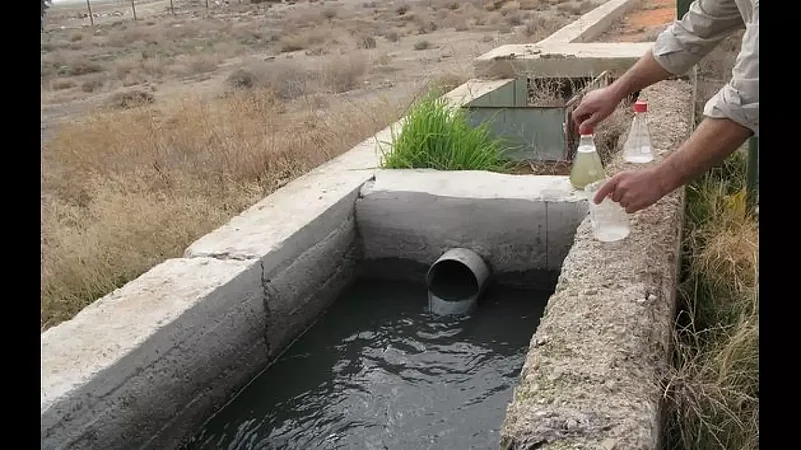California officials voted on Tuesday to allow the purification of wastewater from showers and toilets into drinking water, as the state grapples with the looming threat of prolonged drought-induced water shortages. This decision by State Water Resources Control Board makes California the second state, following Colorado, to embrace the idea of harnessing a water source that has historically been discarded by residents.
‘Toilet To Tap’: Will California Drink Shower And Toilet Wastewater?
California has voted to allow wastewater from showers and toilets to be purified into drinking water. With this decision, it has become the second state after Colorado to recycle wastewater.

In San Diego, Los Angeles, and Santa Clara, plans are in motion to implement water purification systems that will deliver drinking water to hundreds of thousands of households. Despite the current practice of utilizing treated wastewater for outdoor irrigation or to recharge aquifers in drought-affected Western regions, the idea of supplying treated wastewater directly to residences has encountered opposition in California. This concept, initially proposed in the 1990s, earned the moniker "toilet to tap" and has been met with reluctance.
The State Water Resources Control Board meticulously crafted regulations for wastewater recycling over the course of more than ten years, fulfilling a deadline on December 31, set by state legislation. The unanimous decision comes after a thorough examination, which included assessments by twelve external scientists and engineers.
Advancements in water purification technology over the years have significantly improved the viability of this approach, and public opposition has softened amid the growing impact of climate change on California's water supply. The state, home to over 39 million people, has a rich history shaped by the demand for water to sustain its residents and the nation's largest agriculture industry.
Despite recent storms, California has been grappling with extreme drought conditions, with scientists identifying the past three years as the driest on record. The urgency to maximize water utilization from aquifers, rivers, and reservoirs has intensified in response to the challenges posed by climate change.
Under the newly approved system, recycled wastewater can achieve drinking standards within hours and be directly pumped back into pipes supplying homes, schools, and businesses with drinking water. While the new rules do not mandate water agencies to adopt direct potable use, they provide an option for those willing to invest in the necessary infrastructure to submit plans for state approval after the regulations are finalized next year.
- Previous Story
 US Elections 2024: Tim Walz, JD Vance To Go Head-To-Head In VP Debate | Key Issues To Watch Out For
US Elections 2024: Tim Walz, JD Vance To Go Head-To-Head In VP Debate | Key Issues To Watch Out For - Next Story

























